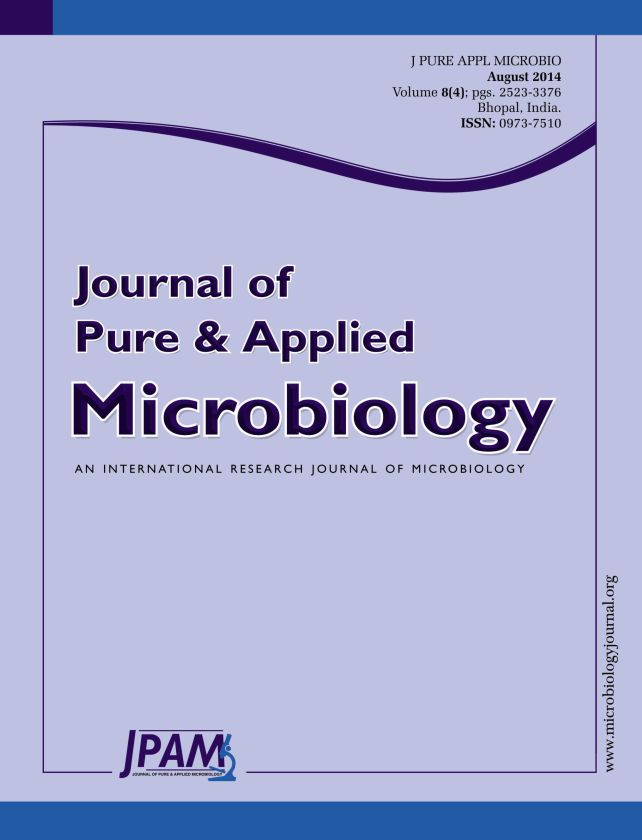Wolbachia are maternally inherited endosymbionts found in wide range of arthropod hosts. They alter host sex biology by various phenotypic effects. This is making them as an emerging novel biological tool to control the insect pests. Indian Leaf worm, Spodoptera litura is one of the most devastating pests which cause severe damage to various crops resulting in serious economic loss. Application of chemical insecticides is an extensive practice to control this pest. It develops resistant to various chemical pesticides. Microbial control by a nuclear polyhedrosis virus (SpltMNPV) and entomopathogenic nematodes are available against this pest. However, it has various limitations. The objective of the present study is to explore Wolbachia infection in S. litura. In the present study a novel Wolbachia strains from S. litura population has been detected which is further characterized by multigene approach for the first time. Phylogenetic affiliation revealed that this strain is belonging to B supergroup and completely different from those which are already reported for S. litura and S. exempta. This finding further lays a platform for possible use of this Wolbachia strain in biological control of S. litura.
Spodoptera litura, Wolbachia, MLST, wsp, biological control
© The Author(s) 2014. Open Access. This article is distributed under the terms of the Creative Commons Attribution 4.0 International License which permits unrestricted use, sharing, distribution, and reproduction in any medium, provided you give appropriate credit to the original author(s) and the source, provide a link to the Creative Commons license, and indicate if changes were made.


